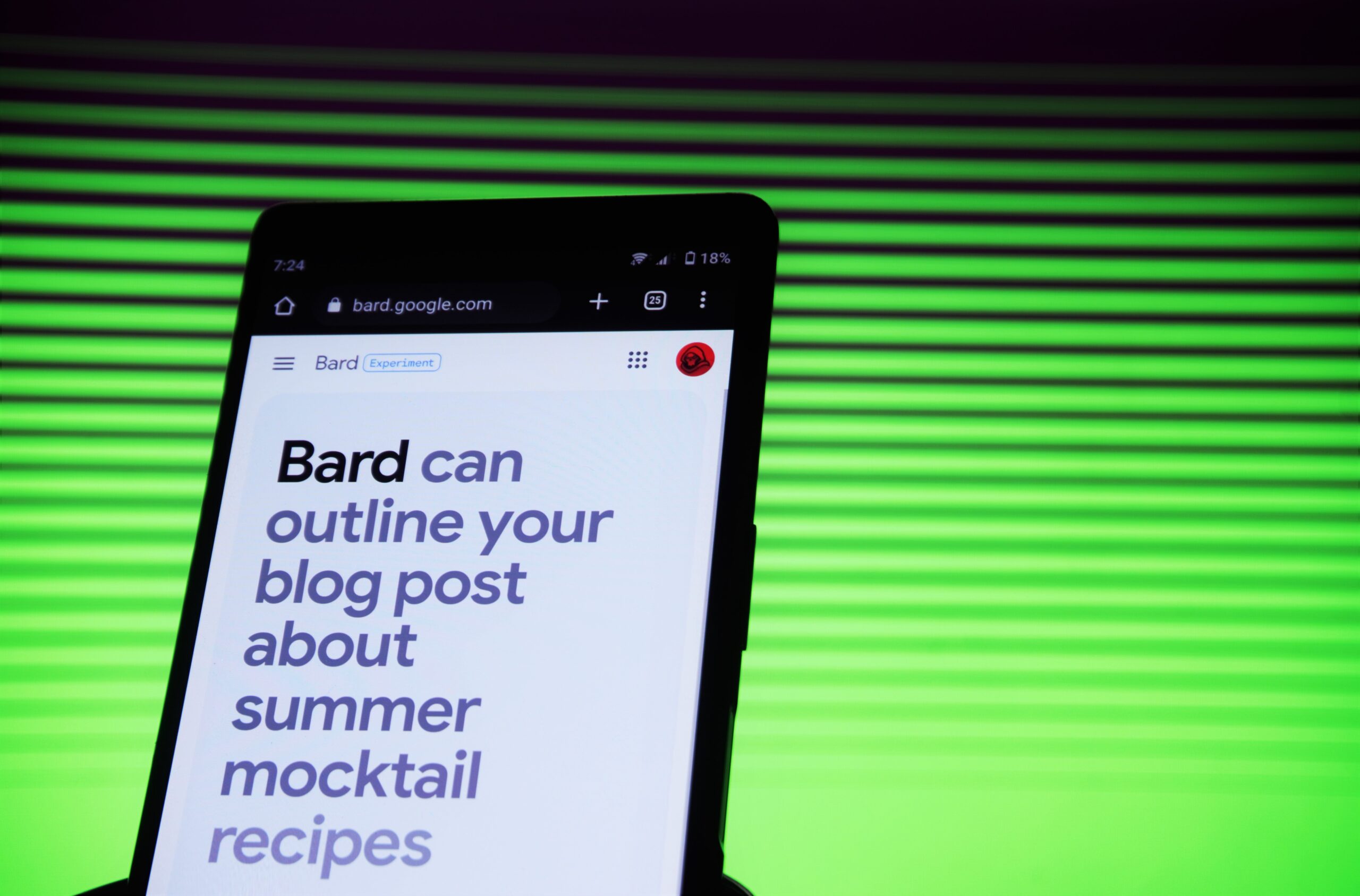The New York Times reported recently that Google is accelerating its efforts to rethink search with AI. For example, Google is using AI to better understand user intent, refine search queries, and deliver highly relevant results. And as we have blogged, Google continues to incorporate conversational AI into search via the Bard tool. This heightened level of personalization in search results and the incorporation of conversational AI will challenge businesses to, in turn, create more conversational and personal content – both paid and organic.
According to the New York Times, the new search experience “would learn what users want to know based on what they’re searching when they begin using it. And it would offer lists of preselected options for objects to buy, information to research, and more. It would also be more conversational — a bit like chatting with a helpful person.”
In addition, reinventing search “would keep ads in the mix of search results. Search queries that could lead to a financial transaction, such as buying shoes or booking a flight, for example, would still feature ads on their results pages.”
This is significant. Some technology/business watchers have speculated that conversational AI is a threat to Google Search. That’s because conversational AI responds to queries with a single answer that synthesizes information, which could upend how Google Search provides answers with links to information.
Currently Bard does not feature ads in its user interface, and ads generated $225 billion for Google in 2022. But Bard could incorporate ads – for instance, by providing links for more information along with ads; sponsored chatbot replies; and other ad interfaces that I am sure Google is dreaming up.
Simply put, Google is not going to toss out $225 billion in revenue.
Moreover, the AI-driven search engine prioritizes quality over quantity, encouraging businesses to invest in better content and optimize their websites for user experience. This shift will lead to a more competitive market where only the most relevant and high-quality content will thrive, pushing businesses to continuously innovate and adapt their online presence.
Google is trying to protect its core advertising business by making search more conversational and personal with AI. Businesses need to be ready. To be visible in Google’s world, enterprises will need to take content personalization to another level. For example, websites and Google Business Profiles will need AI to change their content rapidly and continuously based on dynamic search behavior just to keep up with AI-powered search. And say goodbye to boring chat interfaces. Chat is entering a new realm of personal, human-sounding user interfaces as AI takes hold.
Google has been changing search with AI for some time, but the rise of OpenAI’s ChatGPT conversational AI tool has accelerated those efforts. According to the New York Times, the AI push kicked into high gear when Samsung said it was considering replacing Google with Microsoft’s Bing as the default search engine on its devices. Switching to Bing could cost Google an estimated $3 billion in annual revenue if Samsung were to switch.
Alongside an overhaul, Google is also working on a number of fascinating side projects. As reported,
Other product ideas are in various stages of development. A tool called GIFI would use A.I. to generate images in Google Image results. Another tool, Tivoli Tutor, would teach users a new language through open-ended A.I. text conversations.
Yet another product, Searchalong, would let users ask a chatbot questions while surfing the web through Google’s Chrome browser. People might ask the chatbot for activities near an Airbnb rental, for example, and the A.I. would scan the page and the rest of the internet for a response.
At True Interactive, we advocate for our clients as we navigate the rapidly evolving world of advertising and content creation online. Follow our blog for more insight!
Contact True Interactive
To succeed with online advertising, contact True Interactive. Read about some of our client work here.
Photo credit: https://unsplash.com/photos/qkAUuWW_YHk
